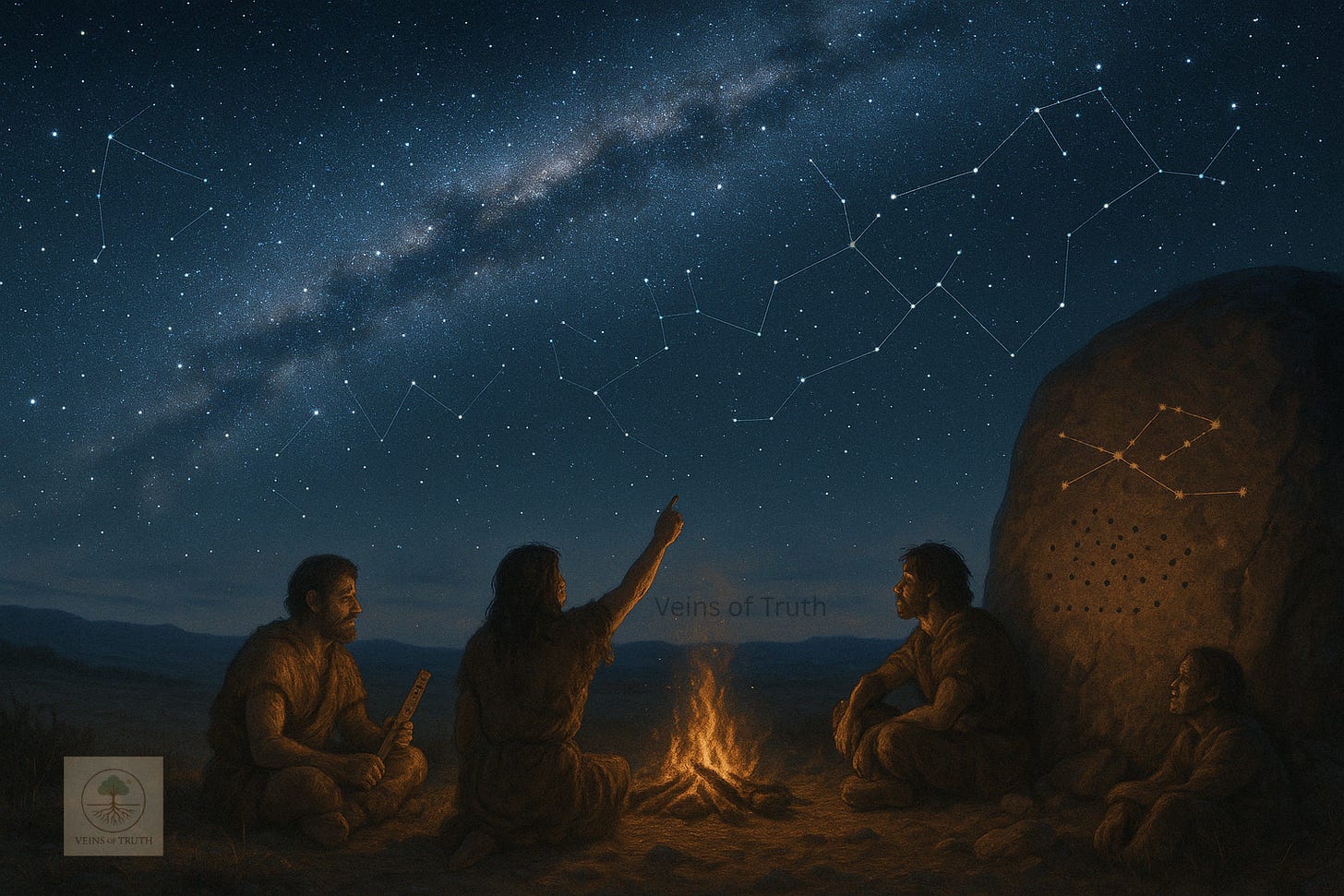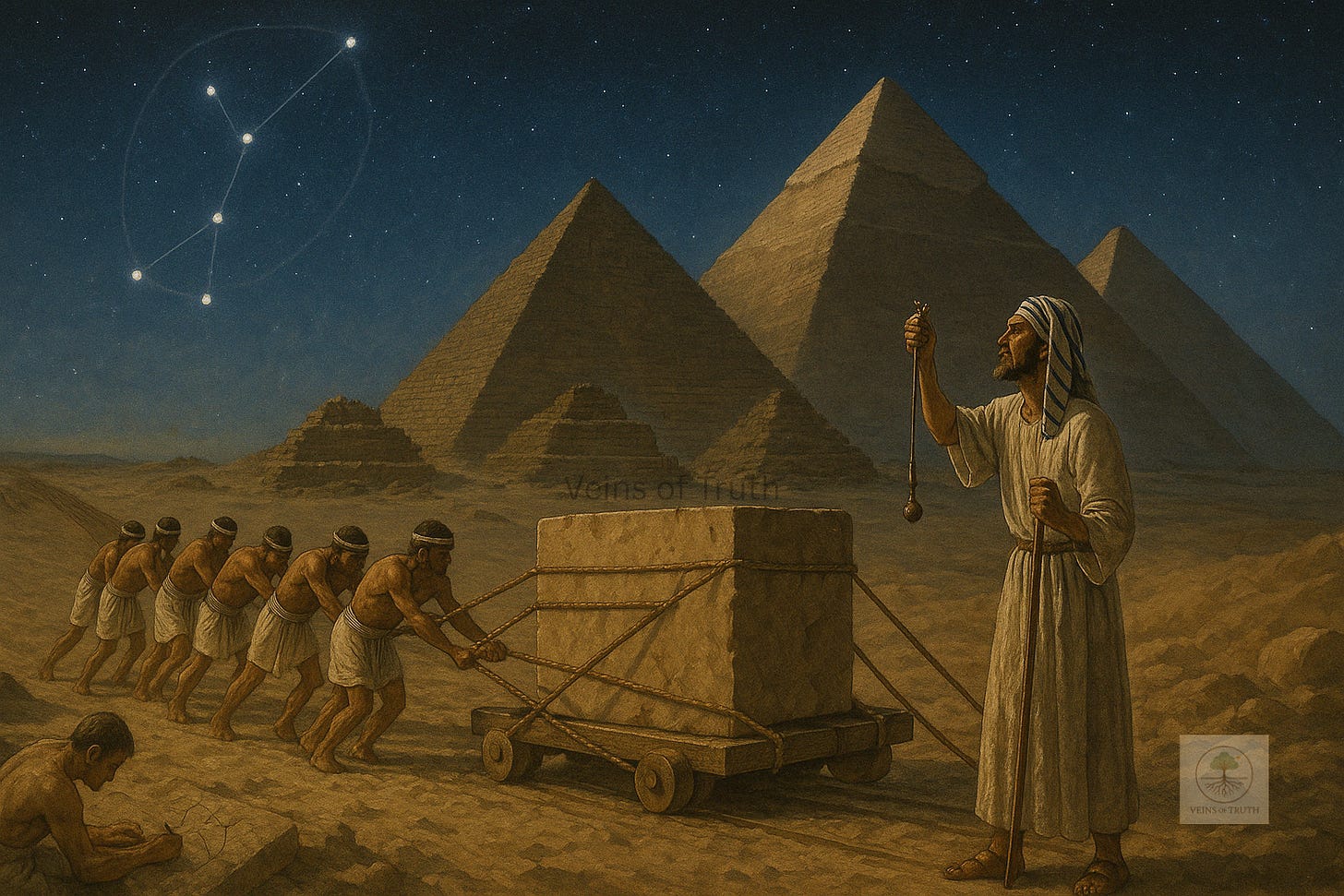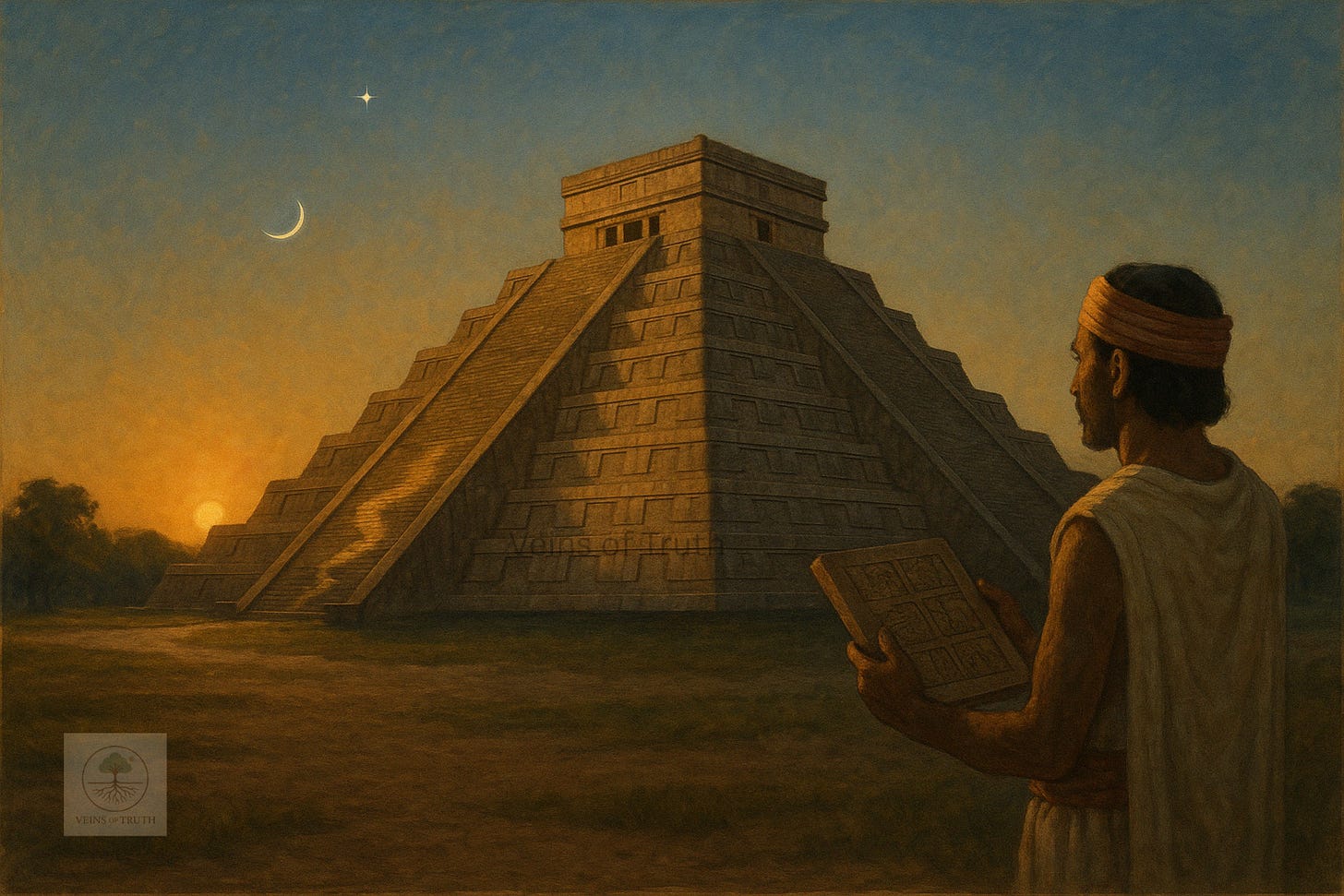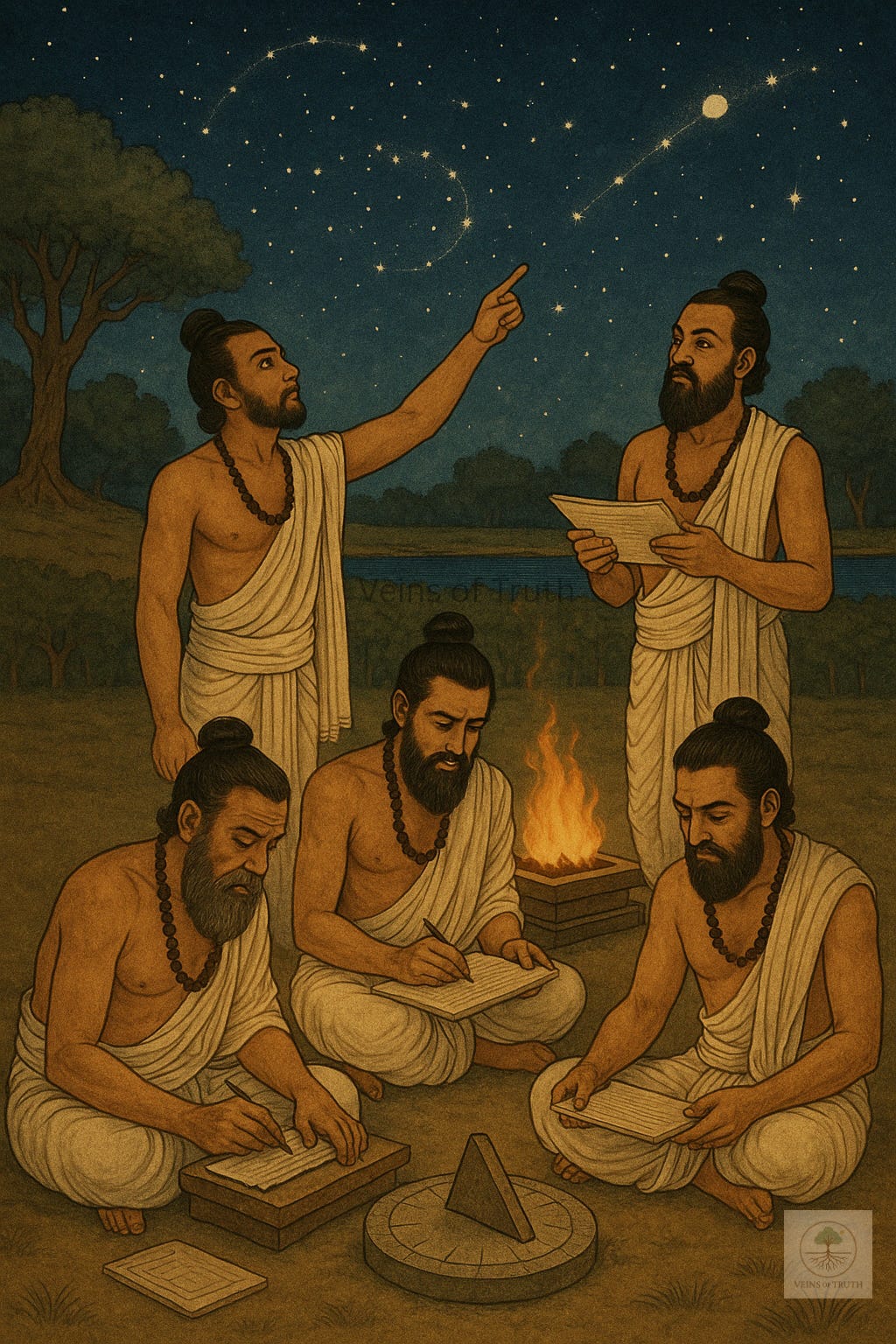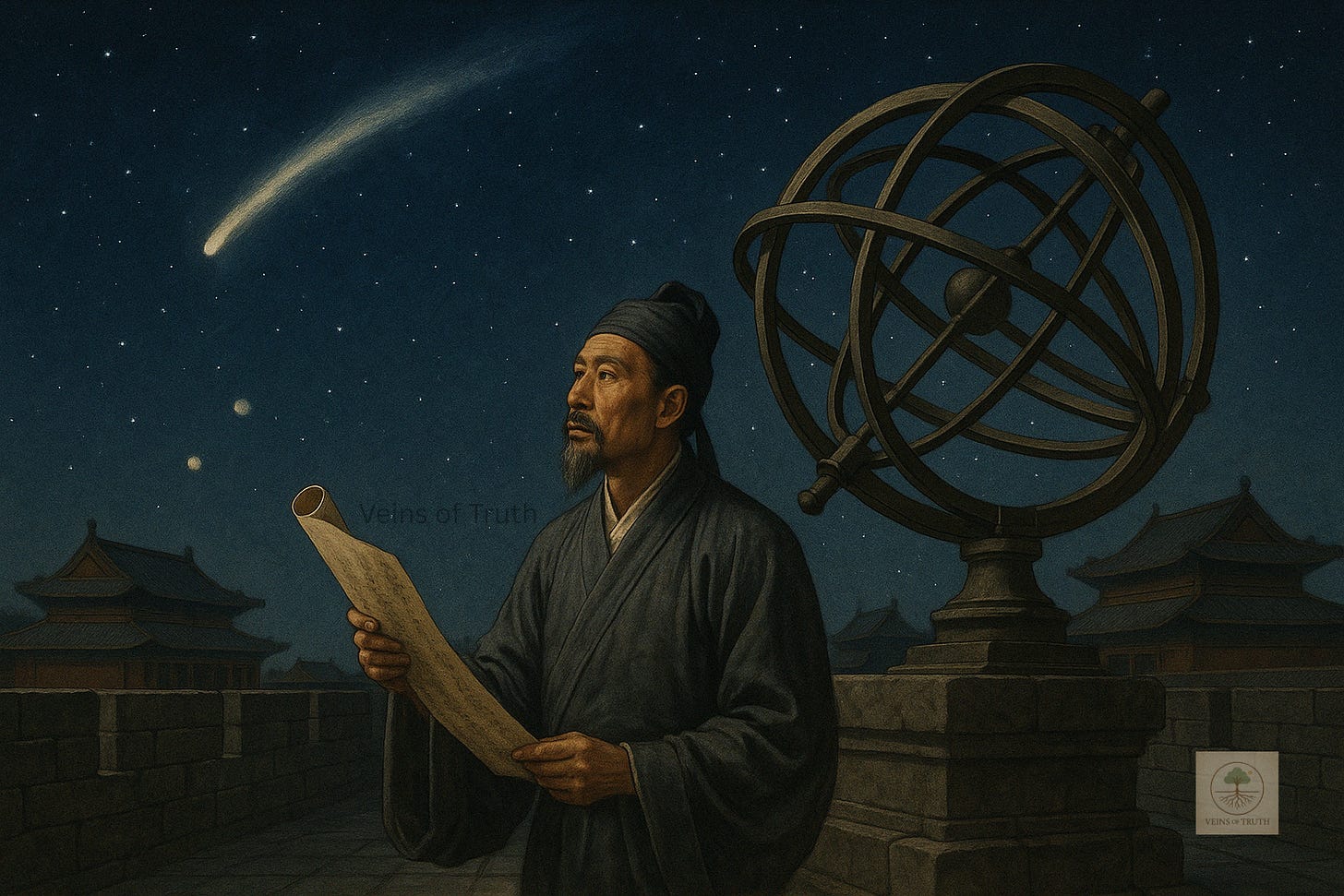Astronomy: The First Science of Heaven and Earth
The Origins Series: Tracing Every Subject Back to the Truth. A complete timeline of how every field of knowledge began, evolved, was manipulated, and how it connects back to divine order. ARTICLE#2
Long before telescopes, humans stared at the sky. Before language, they followed the moon. Before civilization, they moved with the stars. Astronomy was not just the study of the heavens — it was the calendar of life, the compass of survival, and the mirror of divine order.
Astronomy is the study of everything we see in the sky — the sun, moon, stars, planets, and galaxies — and how they move, shine, and follow patterns.
People have used astronomy for thousands of years to tell time, travel across land and sea, guide their worship, and understand the world beyond Earth. But it’s important to remember that astronomy and astrology are not the same, even though many people confuse them.
Astronomy is a real science based on observation and mathematics.
Astrology is the belief that stars can predict your future — something Islam and science both reject.
In Islam, stars are signs for guidance and reflection — not tools for fortune-telling.
I. Before Civilization, There Was Sky
Long before people carved laws into stone or built walls around cities, they looked up. The sky was the first map — not of geography, but of time. Its stars told when to migrate, when to plant, when to hunt, when to rest. The phases of the moon and the return of constellations gave rhythm to life long before there were clocks or calendars. This wasn’t just science. It was survival. And it was sacred.
In ancient caves across Europe, patterns of dots and lines show deliberate lunar counting systems that predate writing by thousands of years【1】. In Africa, bones have been found carved with precise notches — tracking moon cycles across seasons【2】. In Australia, Aboriginal peoples passed down stories that mapped constellations onto the land itself, guiding both travel and law【3】. Even in the Arctic, the Inuit learned to navigate pitch-black terrain using the positions of stars in complete silence【4】. These weren’t primitive beliefs. They were precise sciences wrapped in culture, story, and memory.
The earliest humans didn’t just watch the sky. They trusted it.
II. The Stars Become Civilization
As people settled into cities and began farming, astronomy evolved into more than a compass. It became the foundation of order — the key to organizing life around the cycles of heaven.
In the fertile crescent of Mesopotamia, Sumerian and Babylonian scholars created the earliest star charts and divided the sky into zones【5】. They tracked the planets, identified constellations, and recorded eclipses on clay tablets【6】. These weren’t casual observations — they were exact calculations used to build temples, plan rituals, and structure their entire calendar. They invented the zodiac and laid down the basis for celestial timekeeping【7】.
In Egypt, the alignment of architecture to the stars reached extraordinary levels. The Great Pyramid of Giza was built with such precision that it aligns almost perfectly with the four cardinal directions — north, south, east, and west【8】. Some researchers believe that the layout of the three pyramids also reflects Orion’s Belt, a formation of three bright stars in the constellation Orion, arranged in a straight line in the night sky. To the ancient Egyptians, Orion represented Osiris, the god of the afterlife — and aligning the pyramids with his stars may have symbolized the soul’s journey to the heavens【9】. Beyond symbolism, Egyptian priests carefully tracked the heliacal rising of Sirius, the brightest star in the sky, whose first annual appearance at dawn marked the flooding of the Nile — a sacred event that nourished their land. They divided the night into twelve sections using rising stars known as decans, and believed the soul would ascend through celestial gates in the sky after death. Their entire worldview — from religion to agriculture to kingship — revolved around the rhythm of the stars【10】.
Far across the ocean, the Mayans and Aztecs built stepped pyramids that cast serpentine shadows only during equinoxes【11】. Their calendars were layered — tracking not just solar years but Venus cycles, lunar phases, and eclipse patterns【12】. To them, time was not linear but cyclical — a sacred rhythm that echoed divine intent.
In India, Vedic scholars connected the stars to ritual timing and spiritual purity【13】.
In China, imperial astronomers tracked comets, supernovae, and planetary alignments to read omens and legitimize dynasties【14】. In every corner of the ancient world, astronomy wasn’t separated from culture — it was the pulse of civilization.
III. From the Divine to the Geometric
Keep reading with a 7-day free trial
Subscribe to VEINS OF TRUTH to keep reading this post and get 7 days of free access to the full post archives.


